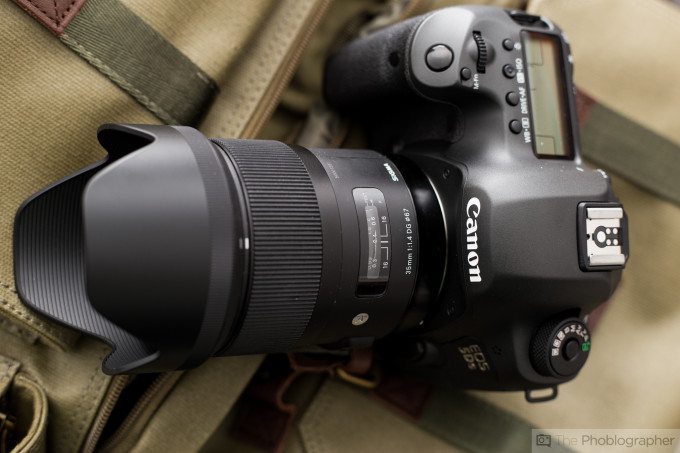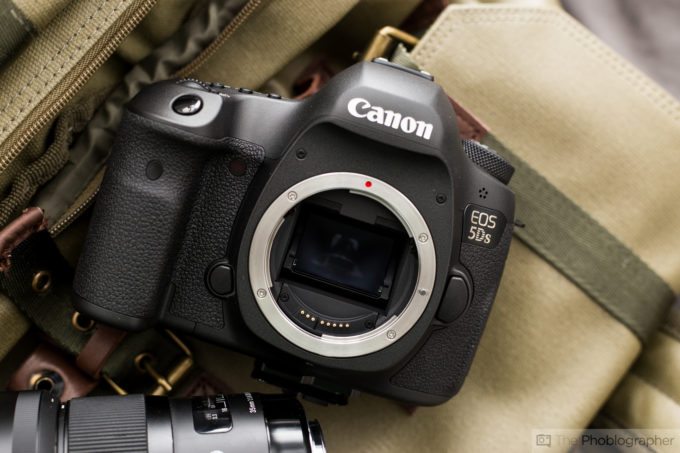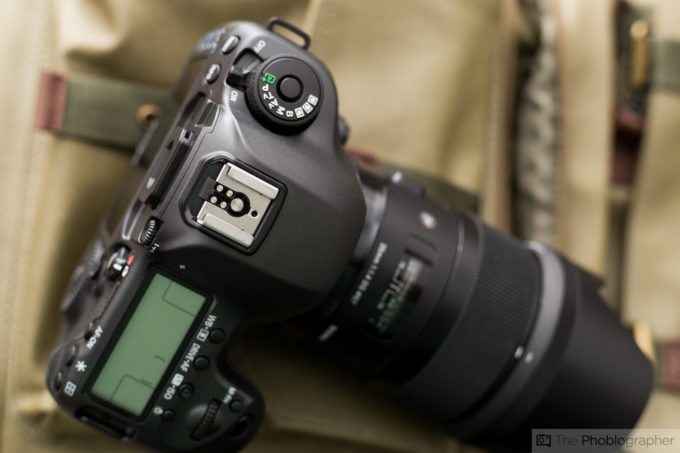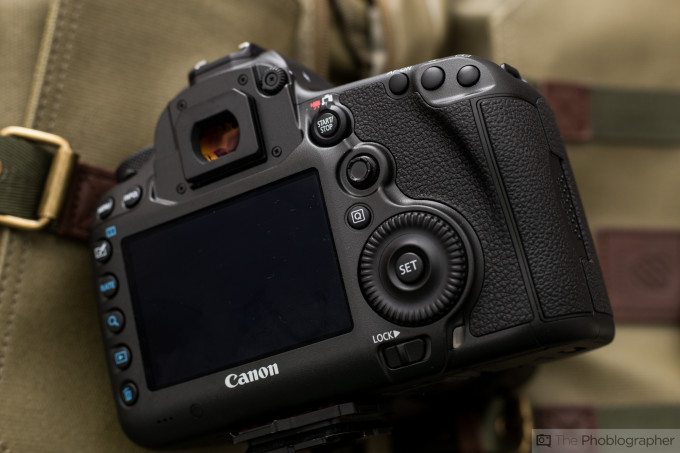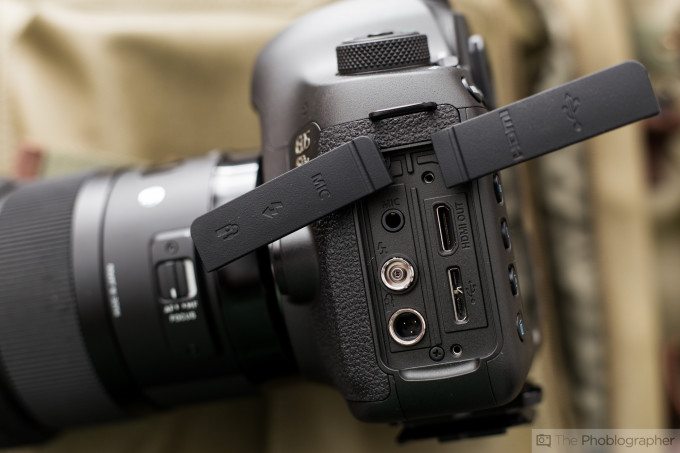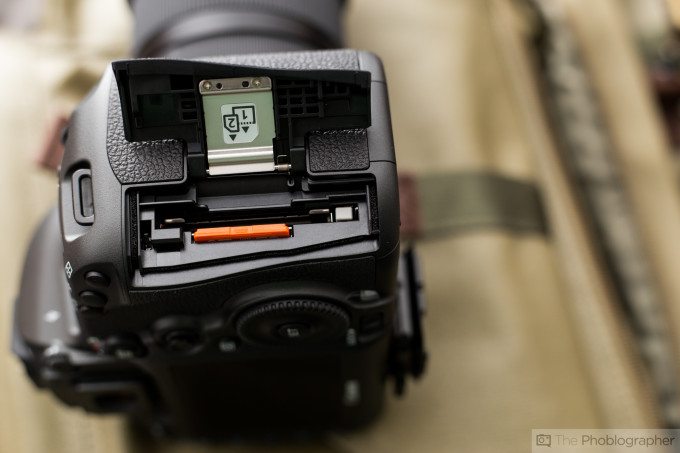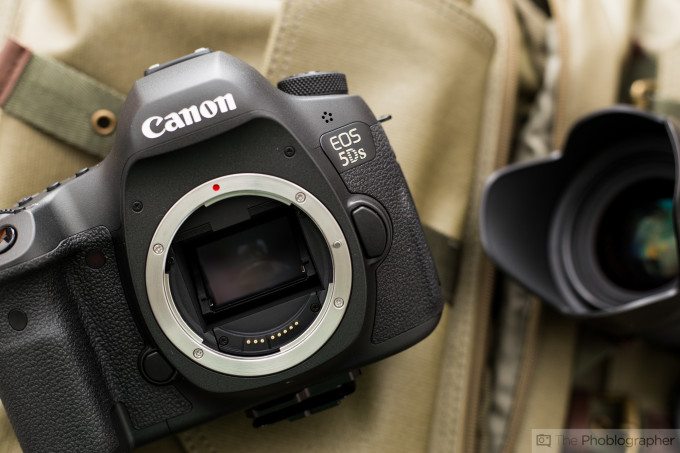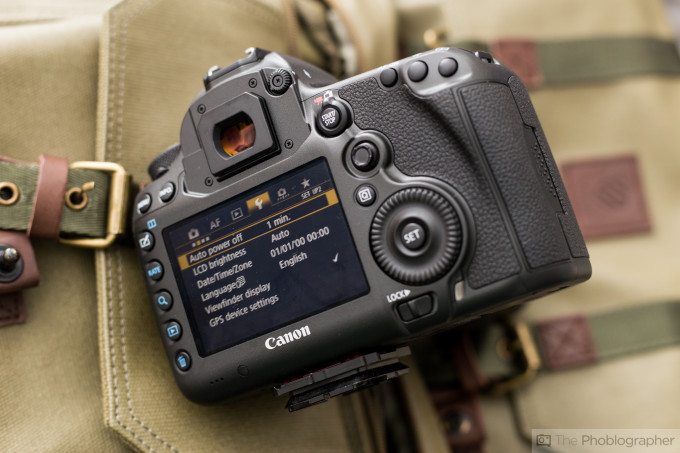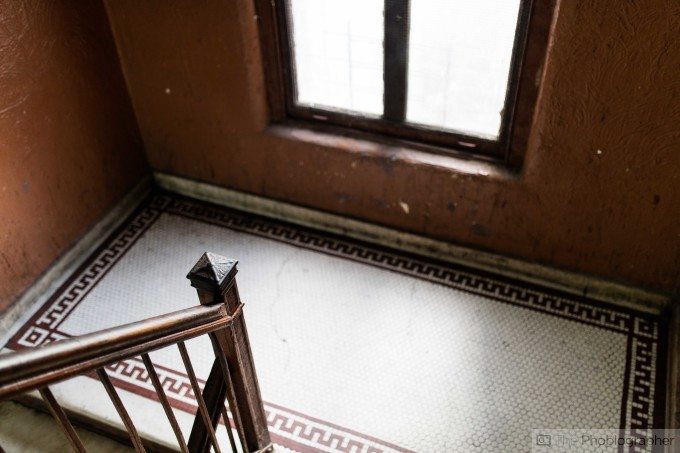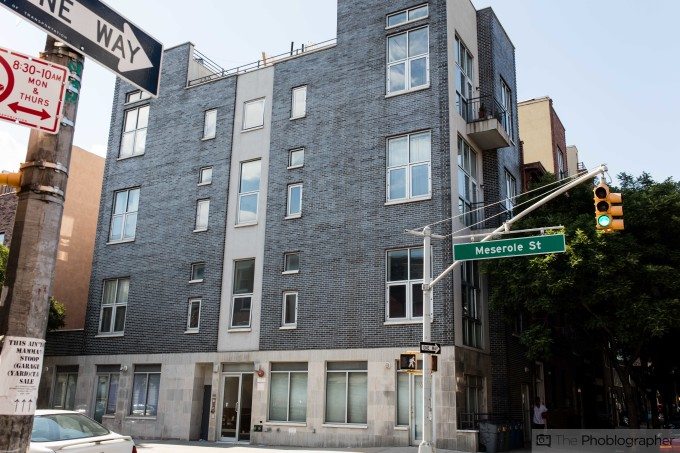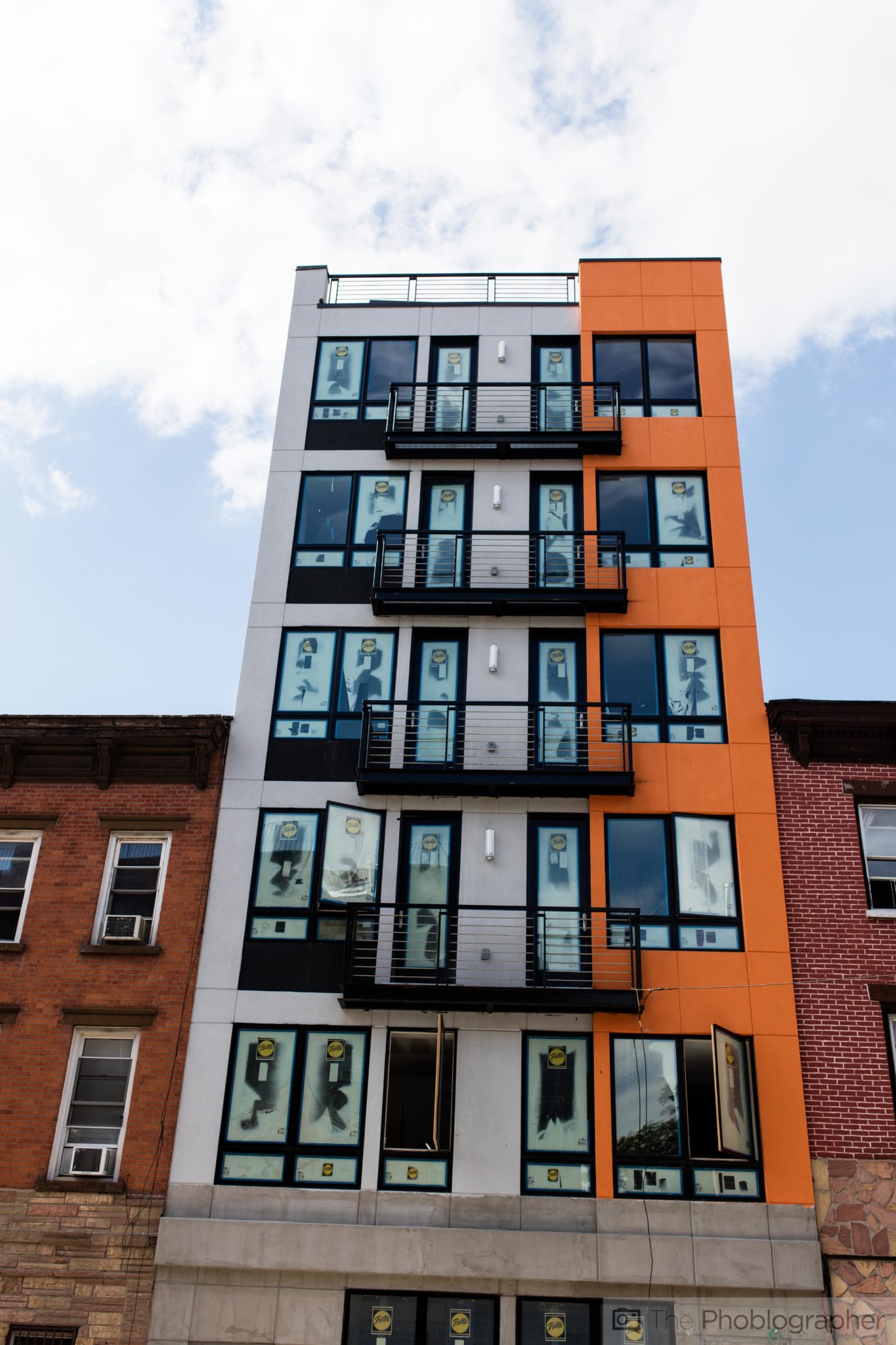The Canon 5Ds, the not-quite-successor-to-the-Mk III-but-a-hint-of-bigger-things-to-come, was announced earlier this year–and whoa did it make headlines. The camera packs a 50.6 MP full frame sensor that can resolve enough detail to prove to you that you need to take better care of your skin, weather sealing that is rated to be top notch, 41 AF points, and a new mirror system to minimize camera shake when handheld.
Indeed, not only is this one heck of an innovation, but not many lenses can even resolve something around 50MP.
We’ve had the camera in for a couple of days now–and we’re going to be spending lots of time shooting landscapes, architecture and portraits with it. And so far, we’re not sure that we’re worthy of this much power.
Tech Specs
Specs taken from the Adorama listing of the product
- Newly designed 50.6 Megapixel full-frame CMOS helps deliver ultra-high resolution images for large-scale printing and extensive, creative cropping, while Dual DIGIC 6 Image Processors enable spectacular image quality and processing speed.
- EOS Scene Detection System features a 150,000-pixel RGB+IR Metering Sensor for excellent precision.
- 61-Point High Density Reticular AF including up to 41 cross-type AF points and EOS iTR allows for high precision autofocus.
- Advanced mirror control mechanism and new user-selectable shutter release time lag helps suppress camera vibration for reducing image shake.
- Anti-flicker helps compensate for flickering light sources and provides consistent exposure and color during continuous shooting.
- Built-in intervalometer and bulb timer helps deliver expanded creativity.
- 1.3x and 1.6x crop shooting adds superb flexibility, while still delivering high resolution images required for demanding applications.
- Intelligent Viewfinder II with approximately 100% viewfinder coverage.
- Full HD 30p movie capability and Time Lapse Movie function, which takes still photographs at set intervals and combines them into a Full HD movie file.
- High-speed continuous shooting up to 5.0 fps allows you to capture fast action.
- 3.2-inch ClearView II LCD monitor, 170° viewing angle, 1,040,000-dot VGA, reflection resistance with multi coating and high-transparency materials for bright and clear viewing.
- Customizable Quick Control Screen allows you to quickly change frequently used camera settings and functions.
- Support for USB 3.0.
Ergonomics
The Canon 5Ds is very much like the 5D Mk III–that is to say ergonomically as it’s a total beast. The camera is designed to perform quite high and has an according price point to match its performance.
We start our ergonomic tour with the front of the camera. Here you’ll find the lens mount, grip, custom function button that can also be the depth of field preview button, and the lens release.
Move to the top of the Canon 5Ds and you’ll find more controls: the hot shoe, mode dial and the double function buttons that control things like the ISO. You’ll also find a big LCD screen here that proves to be very useful.
The back of the 5Ds is set up the way that many other Canon DSLRs of this caliber are designed. You’ll find lots of buttons on the left and the right being set to pretty much just the main controls such as moving the autofocus point and the aperture control ring.
In the way of ports, the camera has newer things like USB 3.0 and older things like a PC cord sync. We’re not sure how many photographers getting this camera will opt for PC ports vs radio triggers, but to each their own!
Canon removed the headphone jack from the 5Ds–though we’re not sure why. Perhaps they thought that not many people will want to use the camera for videography. To be honest, I can’t blame them.
The camera can take SD cards and CF cards. Even with fast SD cards, it can take some time to write to them because the files are really that massive.
Build Quality
The Canon 5Ds is one heavy camera–it feels almost medium format-like in its weight. When you pick it up, you know that you’re holding a very serious camera. For what it’s worth though, I wouldn’t want to tote this camera around with a large zoom lens or two for a very long time. For this reason, I’d probably never recommend it to a wedding photographer that needs to be on their feet all day–let alone for a photojournalist.
Instead, I’d tell a studio photographer or a landscape photographer to take a gander at this camera with a couple of really good Sigma or Zeiss prime lenses.
As for the new shutter and mirror, it’s amazingly quiet. Check out our video above and you’ll be able to judge for yourself.
Ease of Use
The Canon 5Ds is a complicated camera–significantly more complicated than the 6D and cameras below it. Yet for some odd reason, there’s an automatic function mode on it. If you’re an experienced Canon user, you won’t have much of a problem navigating the menus, but you should know that they’re very, very deep and quite long. However, this lets you get really deep into what the camera can do and fine tune many things.
What’s really new about the way that this camera is set up is with the specific customization settings. For example, lens micro-adjustment isn’t is a custom setting anymore. It’s under the autofocus settings.
Autofocus
In our tests so far, we’ve found the autofocus to be mostly accurate. Indeed there were times when we’ve found it to not be 100% spot on. At first, I thought it was because of the fact that I was using the Sigma 35mm f1.4, but after some micro adjustment, we’ve found the outer focusing points to be not as accurate as the center points.
Traditionally, we’d come to expect this–except that the Nikon D810 seems to nail focusing throughout the entire focusing range with no problems.
We’re going to need to put this lens through even more paces to get a final verdict though.
Image Quality
At the lower ISOs, this camera is capable of some absolutely ridiculous resolution and getting loads of details in your images. The image above was shot with the Sigma 35mm f1.4 and a flash to get extra specular highlights. It’s incredible what we were able to get.
PS: The long side of these images is 8,688 pixels long.
Here are more image samples shot with the Sigma 35mm f1.4
First Impressions
The Canon 5Ds so far seems to be able to produce some stellar images in the right hands and with the right lenses. It’s very much pushing the boundaries of what’s capable in a way very much like the Canon 5D Mk II did years ago.
We’re going to need to see how it performs over a longer period of time though.


